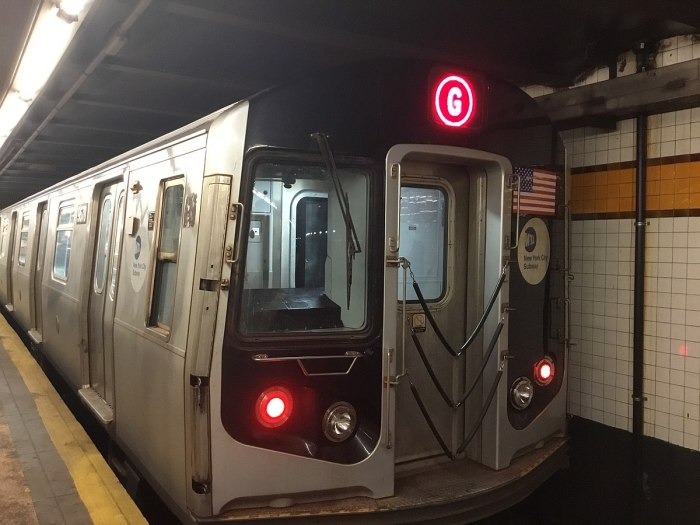
The plows geared up for duty, the salters lumbered to their stations, and Mayor Bill de Blasio provided a pre-storm briefing Wednesday morning. He was confident that New York would weather the snow or rain or slush.
But bad weather already had reached 532 Knickerbocker Ave. in Brooklyn, even before the storm. That’s because it was one of two NYCHA properties where the heat was out on Wednesday (the other was elsewhere in Brooklyn), de Blasio said.
The mayor was asked about the outages because it has been a tough winter for residents of the housing agency he controls. More than 80 percent of residents — some 320,000 people — have gone without heat or hot water at some point this season, with average heat outages spanning 48 hours. That shocking statistic, unearthed at a City Council oversight hearing in February, has prompted little action or outrage from the mayor, the residents’ landlord, beyond some added funding for boilers.
Ironically, the residents at 532 Knickerbocker had almost made it to spring. The heat had actually been so high for months that they’d had to crack windows. But that changed recently. For the last week or so, the residents joined the majority of NYCHA tenants in experiencing at least some indoor cold.
How do you stay warm? If you’re Patria Rodriguez, who has lived in her first-floor apartment for decades, you stay moving. Cooking or cleaning, which the 83-year-old does fastidiously, keeps the blood circulating.
“She mops a lot,” says her son, Naqual Rodriguez, 28. It shows: the floor was spotless. Tables holding plants and display cases showing decorative rooster plates were dust- and smudge-free.
At night, Patria wraps herself in a heavy red shawl and dons winter boots to watch the news and telenovelas. Naqual keeps his hoodie on his head.
During heat outages in previous years, the Rodriguezes had used a space heater, but that racked up a steep electricity bill. This week, the family has been keeping their oven on for a few hours a day, though they know the hazards. Patria left a pot of water inside the heated oven until the water evaporated, which she said made it more like the oven was being used for cooking.
Multiple residents shared that they used their ovens similarly. “I know it’s dangerous,” said Wendy Agron, 38, who lives on the third floor. But she has two kids and the space heaters were murder for utility bills.
Other residents have different strategies for staying comfortable: heavy sweatpants or double blankets on the couch. Agron said one neighbor spent the recent cold days at a friend or family member’s apartment, returning home only to sleep.
As de Blasio promised, the heat did come back on for these residents on Wednesday evening, just as the snow tapered off in Bushwick. A fallen tree rested on a snow-covered car down the block, a casualty of the season, but the snow was already turning to ice and slush.
NYCHA vowed on Wednesday to address its residents’ lack of heat during the storm. That included adding personnel at the agency’s customer contact center and heating staff such as oil burner mechanics for the overnight hours systemwide.
The larger problems, of course, are NYCHA’s aging and often decrepit infrastructure, including boilers that needed emergency temporary substitutes during a cold snap this winter. Then there is the usual charge of lack of attention to maintanence problems. NYCHA came into this season without a full complement of heating technicians.
For the moment, those who bundled up on Knickerbocker Avenue were glad to shed a few layers. They hope spring comes before they need the layers again.
“We need heat,” says Agron. “Heat is basic.”






























